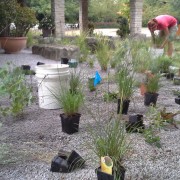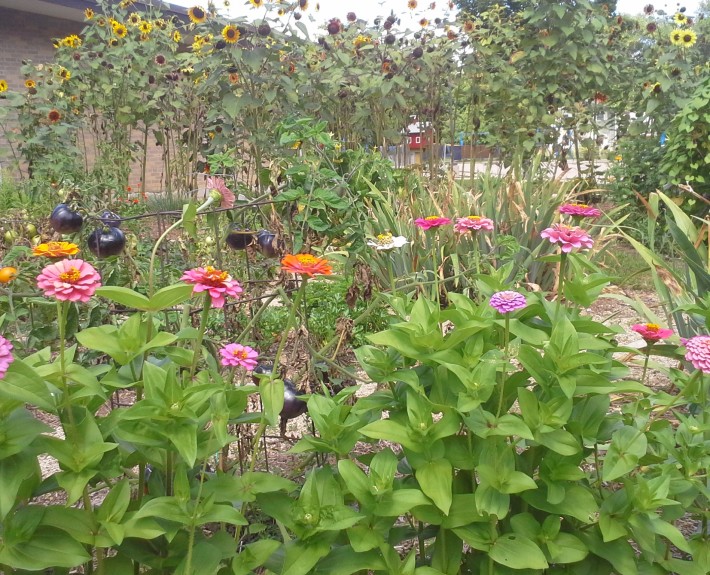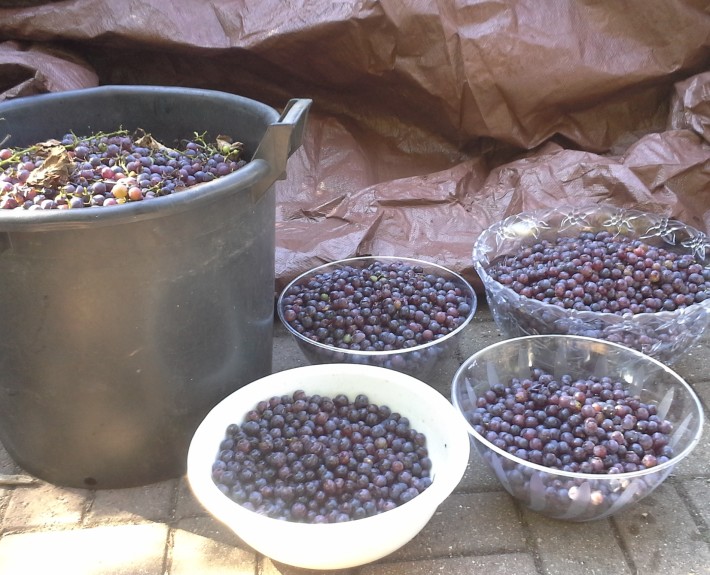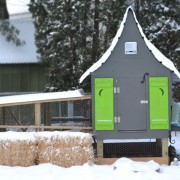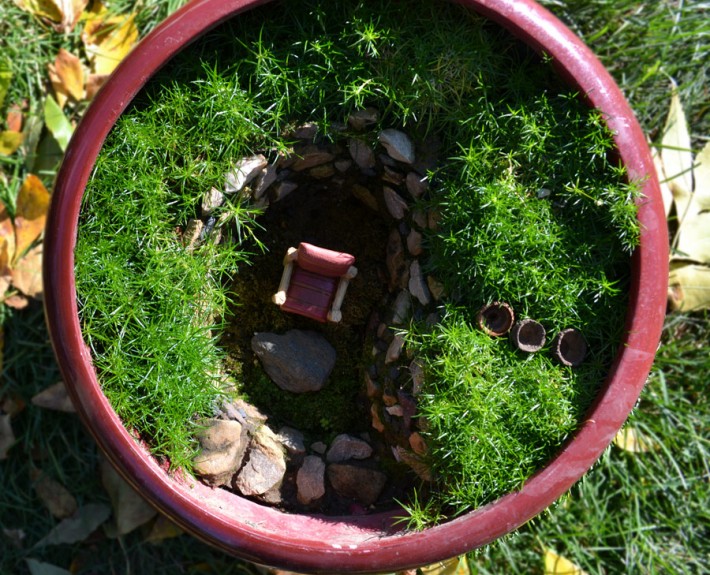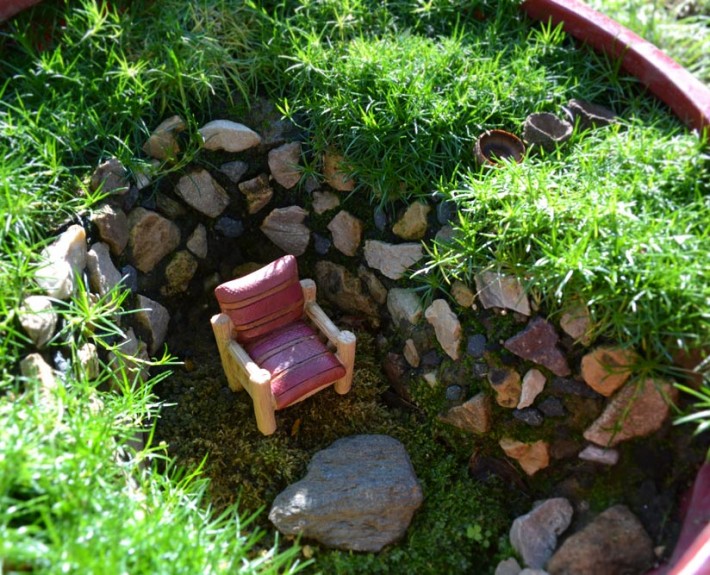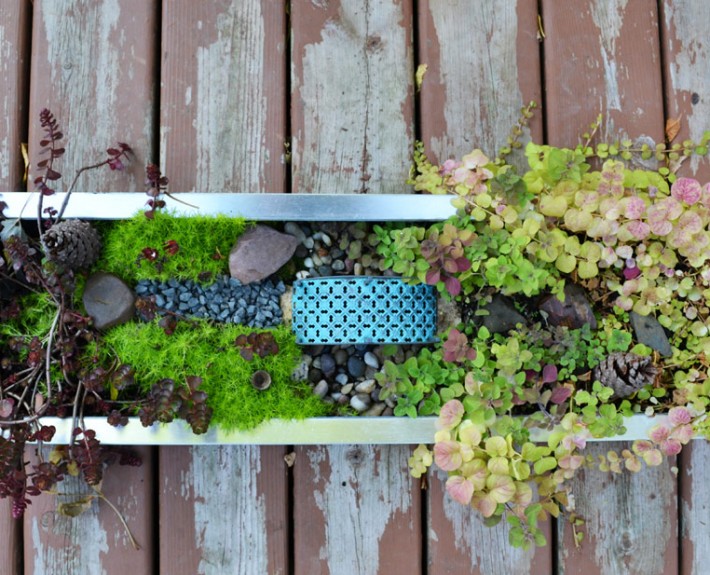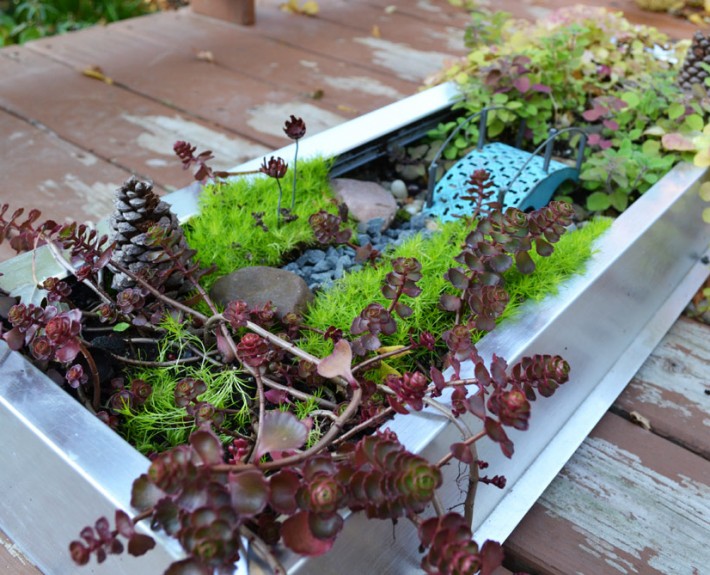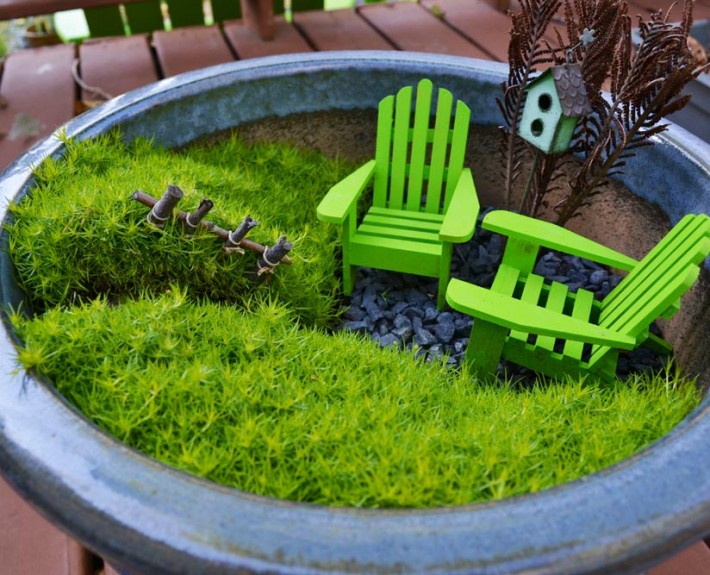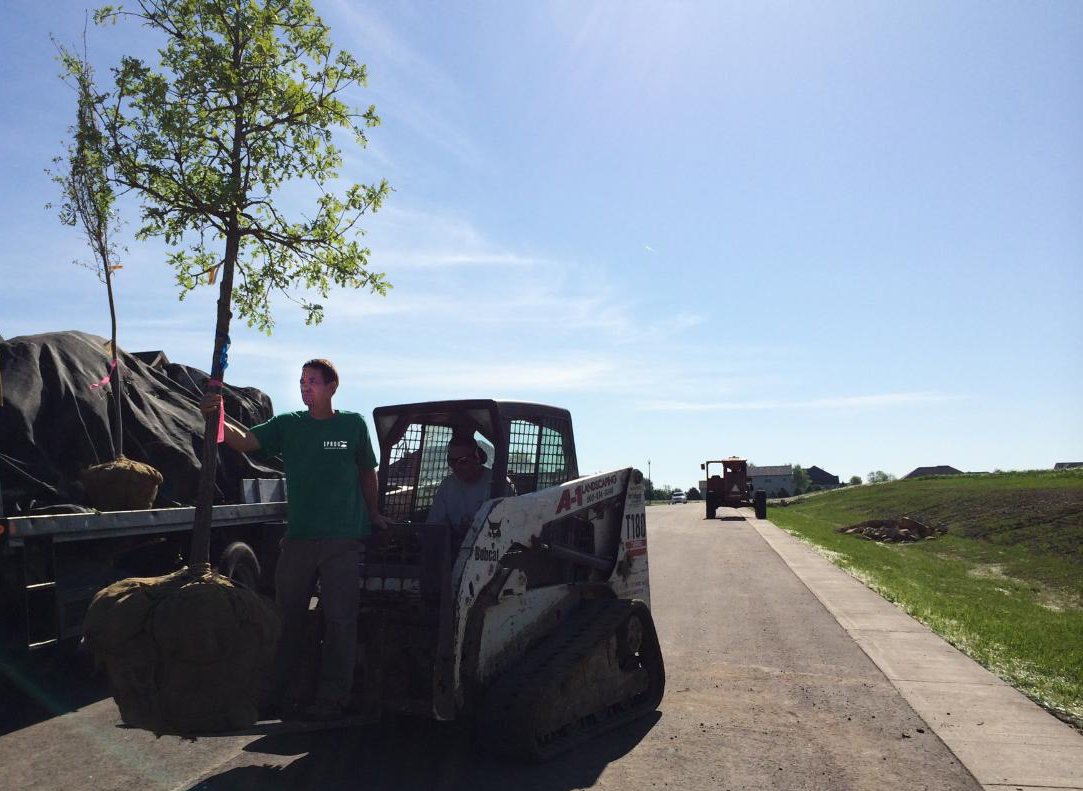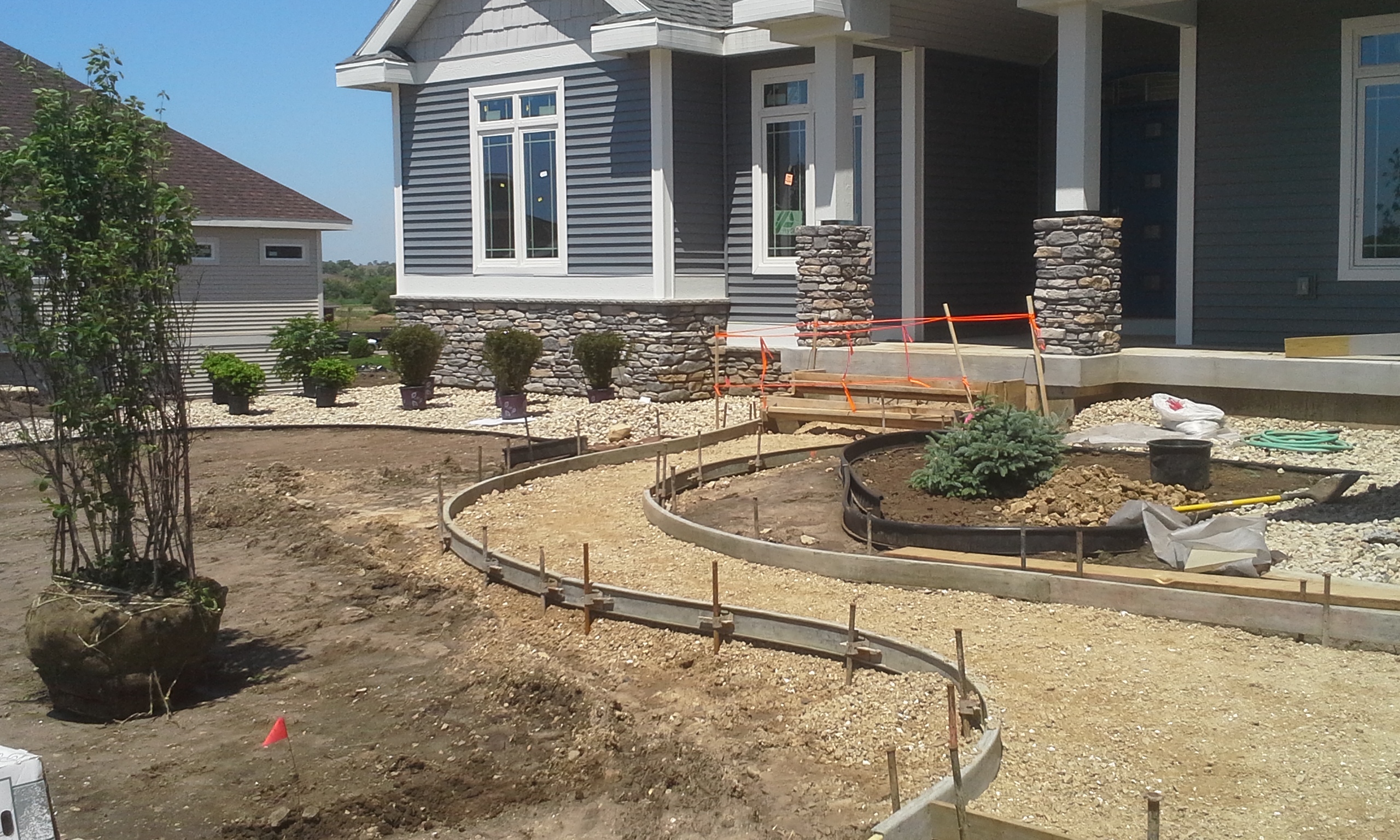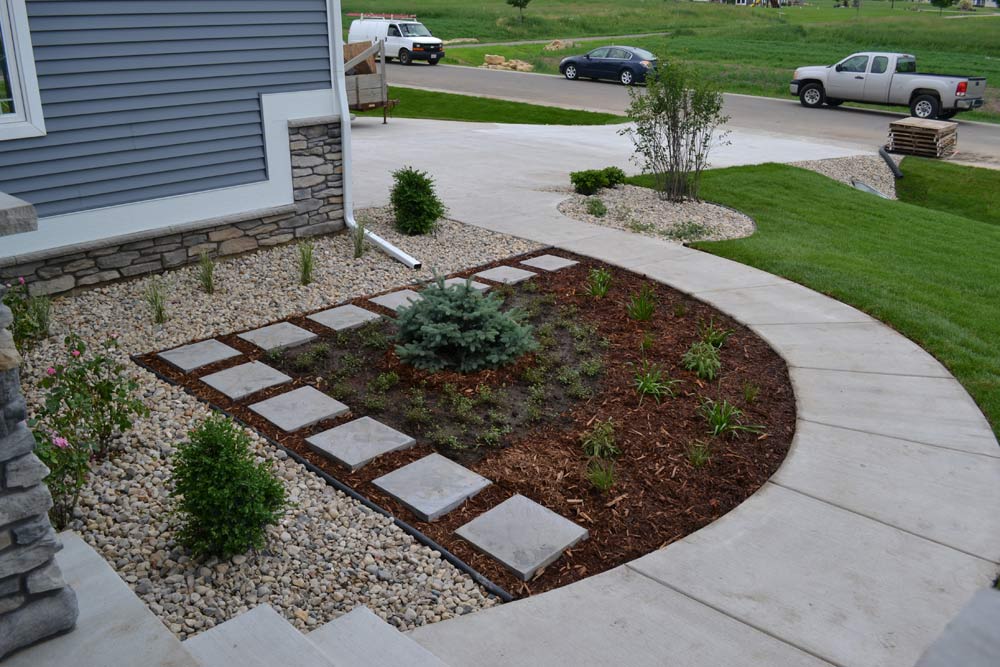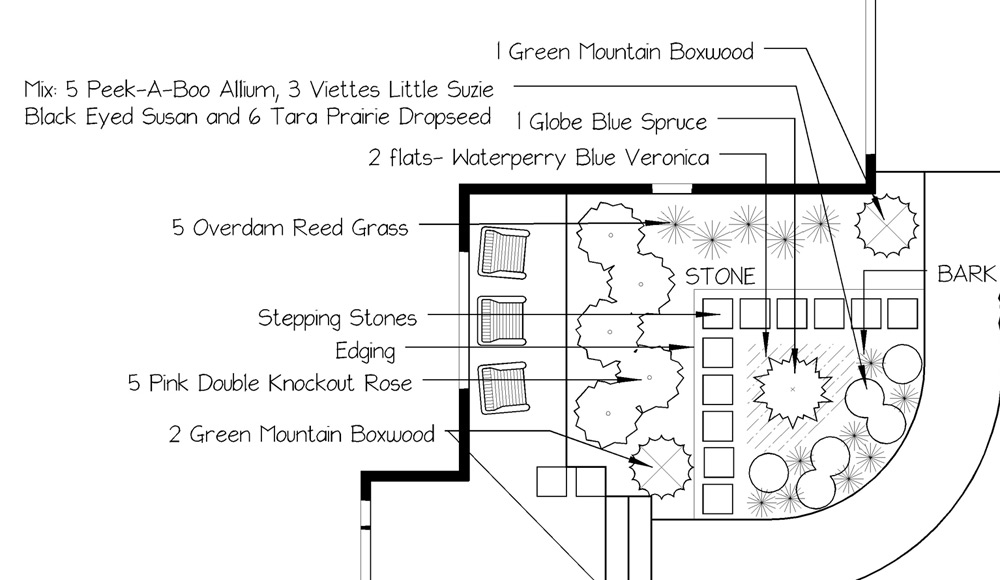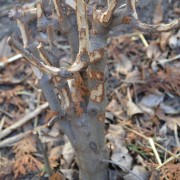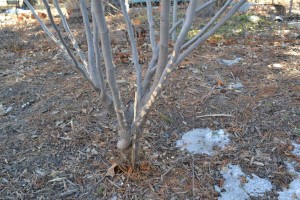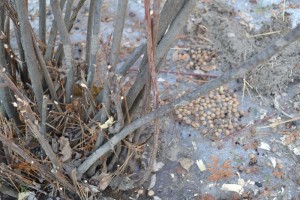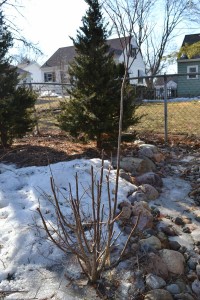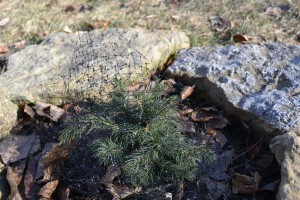As much as we don’t really want to think about winter yet, now is the time to start winterizing your chicken coop and taking steps to protect your ladies during the cold temps. Here in Wisconsin, we need to be take extra precautions in the winter due to extreme temperatures like last year.
Most grown chickens will survive winters in colder climates, but some breeds are hardier than others. (Chicks are another story, and we don’t recommend getting chicks as winter approaches.)
We have 2 buff Orpingtons and 1 black Australorp, which we chose because they are known for their docile personalities and being cold hardy. Some of the other cold-hardy breeds include Wyandottes, Rhode Island Reds, New Hampshire Reds, Barred Rocks, Delawares, Brahmas, according to our research. Cold hardy breeds may have smaller combs and wattles, thicker feathers, and be better layers during the winter.
The Coop
As new chicken owners, we find one of the trickiest things about winter is sorting through all the recommendations and warnings. It’s recommended to have a well-insulated coop with good ventilation, but not drafty, especially near the roost. How does one know what the right amount of ventilation or insulation is? I guess it’s a lot like parenting: you can Google questions all day long, but in the end, you may just need to use your instincts.
Because chickens spend a lot more time inside their coop in the winter, there is more moisture from their breath and from their droppings. Cold and damp conditions are unhealthy for your chickens and could even cause frostbite. If you notice your ladies’ combs and wattles looking whitish (rather than pink) try rubbing petroleum jelly on them every few days to protect them from frost bite. If this is an ongoing problem, it may be an indication you need more ventilation in the coop. Good ventilation allows dissipation of moisture, but a cold draft near roosting hens could be fatal.
Having a protected area away from the wind in your pen or yard gives your chickens room to scratch without getting chilled. We wrapped much of our pen in plastic last year (while maintaining adequate ventilation) as well as using clear fiberglass on top to keep snow out while letting sunlight in. If the area is snow and ice packed, add a thick layer of hay to help insulate their feet.
The Heated Debate
There is quite a bit of debate about whether one should heat a chicken coop or not. Most of the articles we have read recommend against it. Sources say most adult chickens can live in cold weather down to about 0 degrees Fahrenheit without issues.
A common argument against heating the coop is that a heat-lamp running all winter is a fire hazard. Others say preserving a warmer temperature causes chickens to feather out only in light down and not their full winter down. If you lose power for some reason, the chickens aren’t acclimated to the colder temperatures and could die. Wide fluctuation in temperature is reportedly harder on chicken constitutions than a consistent chill.
If you choose to heat your coop, make sure to hang the heat bulb with sturdy clips or on a permanent fixture away from where chickens can touch it. If you plan to have chickens for a long time, consider wiring your coop, which is much safer than using extension cords.
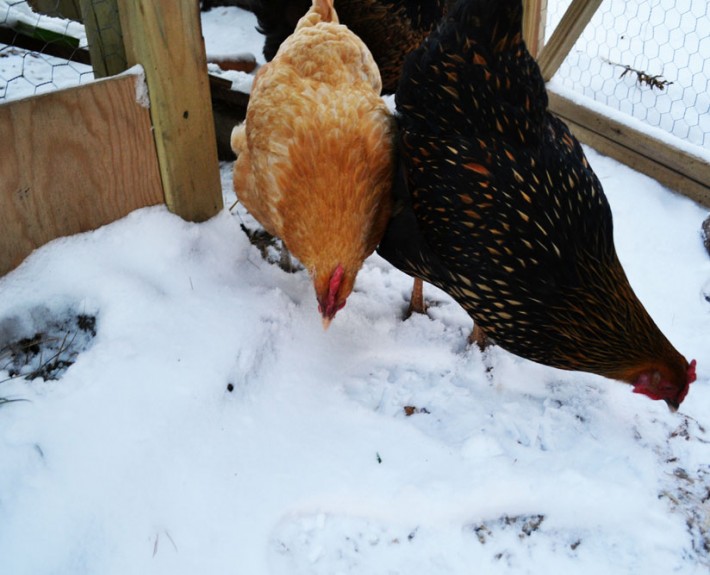
While our chickens didn’t want to walk on the snow, they did enjoy eating it!
Food & Water
Whether you choose to heat your coop or not, it is critical that your chicken’s water supply does not freeze! A heated base for your water feeder is invaluable in the winter. And chickens cannot live long without fresh water, so you still need to refresh the water daily. If you don’t have electricity in your coop for a water heater, you should bring the water feeder inside every night and return it in the morning. Then you should check the water once or twice during the daytime to make sure it’s not frozen, especially on really cold days.
Our chickens seemed pretty miserable during the winter last year, so we tried to make them a bit happier by giving them extra treats. They aren’t getting nutrients from grass, plants and bugs like they do in warmer weather, so their diets could use a few supplements. In addition to traditional feed, table scraps and vegetables will keep the flock hardy. A dose of cracked corn an hour to two before bed will help naturally increase their body heat to help keep them warm. We also give them bird seed, oats, berries, dried meal worms and yogurt. Like with humans, yogurt reportedly boosts chickens immune systems. Plus it’s hilarious to watch them eat it.
We wish you luck getting yourselves and your flock ready for the winter. Let’s hope it’s not as cold as last year!

